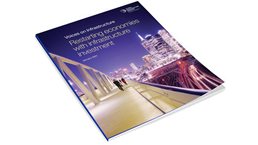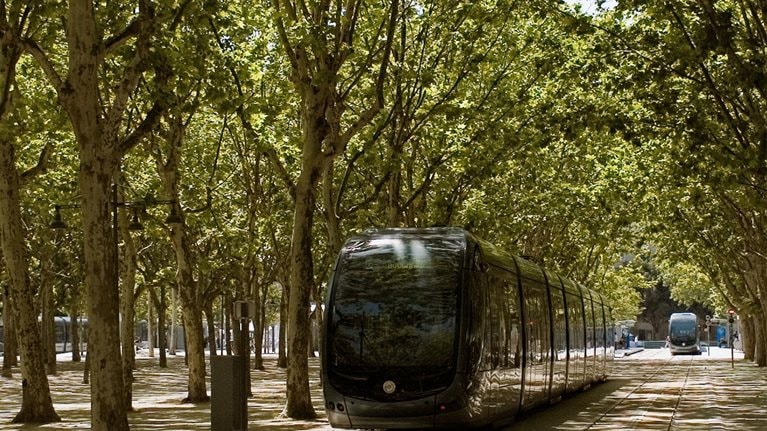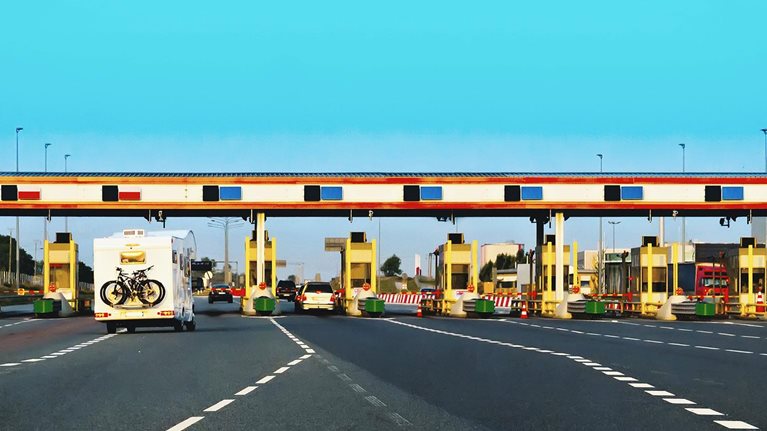The COVID-19 pandemic has created a massive upheaval of life as we know it. Beyond its threat to our health, it has affected our work, education, childcare, and even how we think about our cities. While it is too soon to know the lasting impact of the pandemic in many regards, the quick and largely successful shift to embracing technology and remote working has made many people question the value proposition of our biggest cities.
Indeed, as individuals and businesses contemplate whether the return on living and operating in a city is worth the cost, there is a new imperative for local leadership to encourage people to stay by providing a good quality of living. This means not only accommodating the business environment but also ensuring the city runs smoothly and benefits everyone. At the same time, cities are being called upon to tackle other sizable challenges, any one of which would be daunting when budgets are tight: achieving economic and social recovery, mitigating climate change, and addressing systemic societal inequities.
A crucial connection among these goals is the built environment, with infrastructure serving not only as a significant job creator but as the lifeblood of cities. However, it is difficult for cities to make large-scale changes quickly. New construction, despite the industry’s investments in innovation, can take years and be prohibitively expensive. Yet retrofits are so complex that beginning a new project is almost always the more attractive option.
The good news is that in a wide variety of key urban infrastructures, new technologies allow for high-impact, affordable solutions that expand the options for cities looking to meet today’s challenges and make the most of infrastructure funding. Several investment opportunities for urban leaders, and potential innovative partners, stand out: renewing old infrastructure using technology overlays, harnessing reservations and monitoring systems to get more out of existing infrastructure, and reinventing the way we build new infrastructure.
Would you like to learn more about our Operations Practice?
The promise of technology in urban infrastructure
By harnessing new technologies, urban leaders can overcome longstanding hurdles and maximize their infrastructure investments. And perhaps most importantly, these investments will help cities effectively and sustainably provide transit, housing, and public space for all.
Renewing outdated infrastructure
One of the challenges with old infrastructure is that it isn’t built with the intelligent capabilities—such as sensors, management systems, and interconnectivity—designed into new projects. Historically, retrofitting older systems has been prohibitively expensive, especially if new wires needed to be run to supply power and data capacity to a host of new sensors, or if mounts had to be installed for antennas or other technologies.
However, several technologies have advanced dramatically over the past few years, making infrastructure renewal far more feasible today. Low-cost miniaturization can enable everything from automated utility meters to air-quality monitors to be deployed in tiny versions and at relatively minimal cost. Low-power Wi-Fi communication allows devices to send intermittent streams of data, such as occupancy counts or temperature readings, in a way that prolongs battery life. And the evolution of both solar panels and batteries means buildings can harness more power at lower cost.
For only a few thousand dollars, owners of buildings without complex building-management systems can purchase a box of battery-powered thermometers that stick to the wall like postage stamps, connect to Wi-Fi, and communicate with a smart thermostat. They use so little power that they last years before needing a replacement—and they provide the beginnings of a smart building. Taken together, these technologies mean that existing infrastructure can now become smart with a simple, relatively inexpensive overlay.
Similar opportunities exist for using sensors in urban systems such as parking garages, metro stations, and parks—anywhere where occupancy, resource consumption, or condition data are needed.

Voices on Infrastructure: Restarting economies with infrastructure investment
Getting more out of existing capacity
The rise of the shared economy has shown how digital information about underused capacity can reveal opportunities to turn waste into value. In the same way, urban leaders can consider adopting innovations that allow assets previously tied to one use to instead serve multiple purposes. They can rely on digital systems to offer the kind of monitoring and accountability that previously stemmed from physical control of assets.
One application of this concept is the virtual parking lot. Cities routinely have redundant parking capacity. Often, facilities have their own parking lots within proximity to other lots, and rarely are they all fully occupied at the same time. And demands may be entirely complementary. Parking networks that allow registered users to make use of the full range of parking in a given area—perhaps with micropayments to each owner—can increase real supply, free up land for productive development, and remove street parking. This street space can be repurposed for greatly needed uses, such as for outdoor dining or public space.
Similar approaches are possible in the power sector, where distributed “virtual power plants” can be created either through demand-response or actual microgeneration units. The city of Oakland, California, is already creating a virtual, direct-to-consumer microgrid—an example of this capability at work.
Reducing the cost to build new
The application of artificial intelligence and machine learning to traditional challenges—such as urban site planning and transportation modeling—can improve performance and economics. For example, machine-learning-based urban-planning tools can help developers find additional usable space on a given parcel while improving performance characteristics, such as access to light and open space.
Going forward, urban construction—an industry whose productivity worldwide has stagnated at a time when overall productivity has increased thanks to technology—is likely to be disrupted by standardization and automation. Whether building tunnels or skyscrapers, cities can push builders to adopt new approaches. The components of skyscrapers, for example, can be built in factories by robots, much as automobiles are manufactured, and The Boring Company has demonstrated how to reduce tunneling costs through similar capabilities.
The range of options for achieving high-impact urban infrastructure is far greater now. For cities that are willing to approach infrastructure endeavors differently—such as by updating rules and regulations to enable new capabilities to be deployed—there are creative and achievable next-generation solutions that can help meet today’s challenges and make the most of funding.
Voices highlights a range of perspectives by infrastructure and capital project leaders from across geographies and value chains. McKinsey & Company does not endorse the organizations who contribute to Voices or their views.


